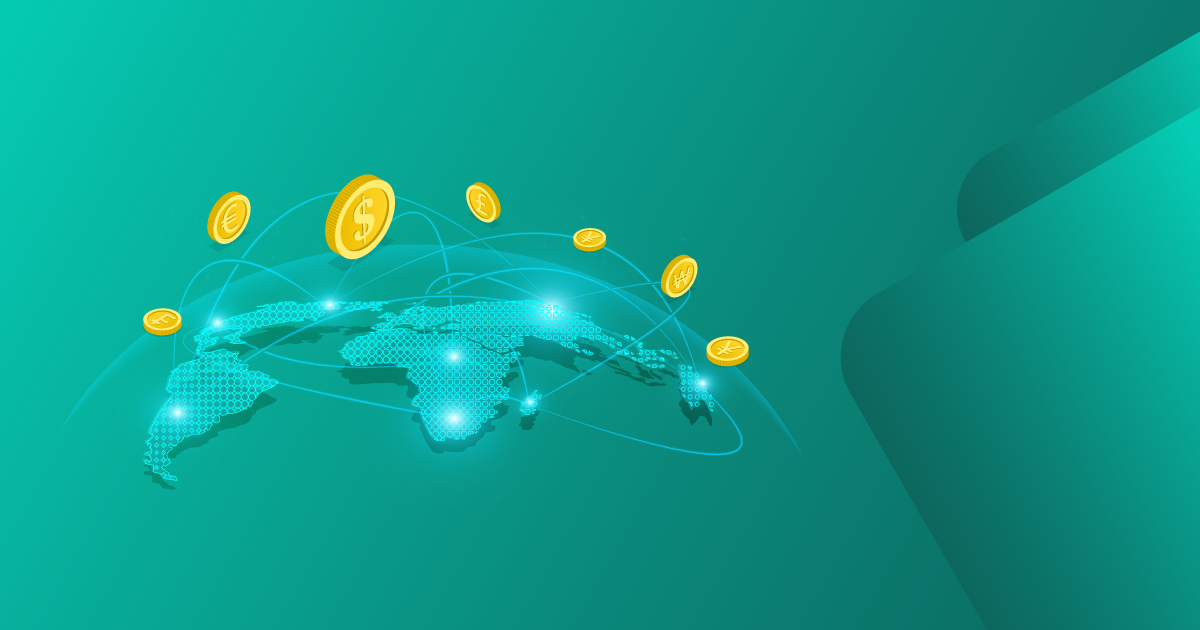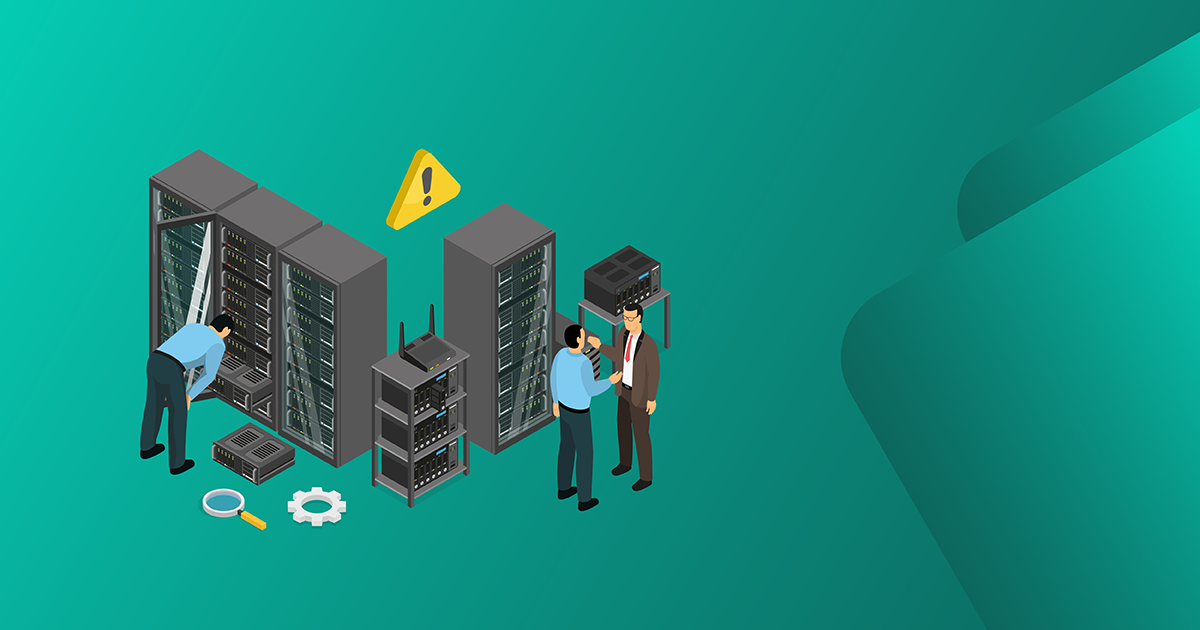

It’s a breezy Thursday evening in the GCC, and Adam’s phone buzzes with a message from his fiancée Sara in their hometown. “Adam, I need the money urgently to pay the wedding planner. They won’t start the preparations unless we make the first payment today!” Adam sighs, not because he doesn’t want to help, but because he’s navigating the delicate dance of cross-border payments. Today, speed is his priority, but costs come a close second.
This is not Adam’s only experience with money transfers. Just last month, he sent a relaxed, non-urgent remittance to his sister for general expenses. At that time, his main concern was securing a favorable exchange rate and minimizing fees. The time it took for the transfer to complete was of little consequence. This dichotomy—urgency versus cost optimization—is emblematic of the challenges faced by millions of expatriates like Adam.
Now, zoom out from Adam’s story, and the picture becomes even more complex. Cross-border payments aren’t limited to personal remittances. They include trade finance transactions, which facilitate global commerce, and other corporate payments where accuracy, transparency, and compliance are non-negotiable. Each type of transfer comes with its unique challenges, circumstances, and expectations.
A World Reliant on Cross-Border Payments
Cross-border payments form the backbone of the global economy, enabling over $156 trillion in transactions annually, according to a 2022 report by McKinsey[1], and $190.1 trillion in 2023, with projections to grow to $290.2 trillion by 2030, according to recent industry analyses[2]. These transactions include:
- Personal Remittances: Individuals sending money to family members
- Trade Finance: Businesses paying for goods and services across borders.
- Corporate Transfers: Companies managing payroll or settling international invoices.
Each of these transactions is shaped by differing priorities, for personal remittances, factors like speed, cost, and ease of use matter the most. Recipients often rely on these funds for essential expenses like education, healthcare, or daily living.
In trade finance, transparency, reliability, and compliance with international regulations take center stage. Whereas for corporate transfers, automation, accuracy, and seamless integration with accounting systems are key concerns.
Challenges in Cross-Border Payments
Despite their importance, cross-border payments continue to face significant hurdles:
High Costs
According to the World Bank, the global average cost of sending $200 was 6% in 2023[3]. This figure is far from the United Nations Sustainable Development Goal of reducing remittance costs to less than 3% by 2030[4].
Speed vs. Cost Trade-Offs
As seen in Adam’s story, urgent transfers often come with higher fees. Conversely, non-urgent transfers may take days, leaving recipients waiting.
Complex Regulatory Requirements
Each country’s unique Anti-Money Laundering (AML) and Know Your Customer (KYC) policies create friction, particularly for businesses operating in multiple jurisdictions.
Limited Financial Inclusion
Over 1.4 billion adults worldwide remain unbanked, according to the World Bank[5]. This limits access to efficient digital payment systems.
Lack of Transparency
Hidden fees and unpredictable exchange rates are common complaints. For many, understanding the total cost of a transaction remains a challenge.
Opportunities in Cross-Border Payments
Real-Time Payments
Emerging technologies now enable instant cross-border transactions. While not yet universal, real-time payments are becoming a reality in some regions, reducing the anxiety of waiting for funds to clear.
Blockchain and Digital Currencies
Blockchain can eliminate intermediaries, enabling secure, transparent, and cost-effective transactions. Central Bank Digital Currencies (CBDCs) offer additional promise by providing a regulated alternative to traditional payment systems.
Direct Corridors Between Banks
Establishing direct partnerships between banks eliminates intermediaries, reducing costs and enhancing transparency. This approach is gaining traction as a transformative solution for cross-border payments.
Global Real-Time Gross Settlement (RTGS)
A global RTGS system enables direct settlements between central banks or participating institutions, bypassing traditional networks. It ensures faster processing and greater reliability for high-value transactions.
Fintech Innovations
Fintech companies are revolutionizing the landscape with user-friendly platforms that provide faster transfers and competitive rates. These innovations cater to individual and corporate needs alike.
Artificial Intelligence (AI) and Machine Learning
AI can predict exchange rate fluctuations, detect fraudulent activities, and streamline compliance processes. Machine learning algorithms improve operational efficiency and help tailor solutions to customer needs.
Tailored Solutions
Payment providers are increasingly offering customized services. For example, expats like Adam might opt for faster transfers with slightly higher fees for emergencies, while choosing low-cost options for regular remittances.
Financial Inclusion Initiatives
Mobile wallets and fintech solutions are bridging the gap for unbanked populations, enabling secure and affordable cross-border payments. These innovations are crucial for expanding access to financial services in underbanked regions.
Emerging Trends in Cross-Border Payments
Embedded Finance
Financial services are increasingly integrated into non-financial platforms like e-commerce and social media. This seamless approach enhances user convenience and accessibility.
Digital Wallets
Digital wallets provide a secure, cost-effective alternative for cross-border transactions. These platforms offer real-time currency conversion and transaction tracking.
Decentralized Finance (DeFi)
DeFi platforms facilitate peer-to-peer financial services without relying on traditional intermediaries. Their decentralized nature offers lower fees and greater transparency.
Cross-Border E-Commerce Growth
The rise of international online shopping has created a demand for efficient, multi-currency payment solutions. Businesses are increasingly adopting digital tools to manage cross-border sales.
Sustainability in Payments
An emerging focus on green finance is shaping cross-border payment systems. Companies and financial institutions are prioritizing sustainable practices, aligning payment technologies with environmental goals.
Bridging the Gap: What’s Next?
The future of cross-border payments lies in addressing the diverse needs of individuals and businesses. Take Adam as an example again: his expectations vary based on the situation. For payment providers, this means:
- Offering multiple options for speed and cost to suit different needs
- Providing clear breakdowns of fees and exchange rates upfront
- Leveraging AI to improve efficiency, predict trends, and prevent fraud
- Building infrastructure that serves underbanked regions, ensuring no one is left behind
- Offering mobile and digital payment platforms that bring financial services to unbanked populations, bridging gaps and enabling economic participation
- Leveraging AI automation and standardized frameworks to streamline regulatory requirements, ensuring smoother transfers
- Developing robust, scalable payment systems that can handle increasing volumes, reduce downtime, and support global needs
Conclusion
Adam’s story is just one example of the millions of people navigating the complexities of cross-border payments every day. If you have ever found yourself weighing speed against cost when sending money to loved ones or managing a business payment, know that you’re not alone.
From urgent family needs to strategic business transactions, each payment carries its own set of priorities and challenges. As technology evolves, the promise of faster, cheaper, and more reliable cross-border payments is within reach.
By addressing these challenges and embracing innovation, the global payments industry can ensure that sending money abroad—whether for family, trade, or business—becomes a seamless experience, helping people like Adam support their loved ones and enabling businesses to thrive in an interconnected world.
Resources:
- [1] Global Banking Practice, Botta, A., & Nadeau, M.-C. (2022). The 2022 McKinsey Global Payments Report. In McKinsey [Report]. https://www.mckinsey.com/~/media/mckinsey/industries/financial services/our insights/the 2022 mckinsey global payments report/the-2022-mckinsey-global-payments-report.pdf
- [2] [email protected]. (2024, August 21). A Look at the Cross-Border Payments Market | Foley & Lardner LLP. Foley & Lardner LLP. https://www.foley.com/insights/publications/2024/08/cross-border-payments-market
- [3] The World Bank Group & FXC Intelligence. (2023). Remittance Prices Worldwide - Issue 48, December 2023. https://remittanceprices.worldbank.org/sites/default/files/rpw_main_report_and_annex_q423_final.pdf
- [4] United Nations. (n.d.). International Day of Family Remittances - BACKGROUND | United Nations. https://www.un.org/en/observances/remittances-day/background
- [5] Why financial inclusion is the key to a thriving economy. (2024, July 29). World Economic Forum. https://www.weforum.org/stories/2024/07/why-financial-inclusion-is-the-key-to-a-thriving-digital-economy






